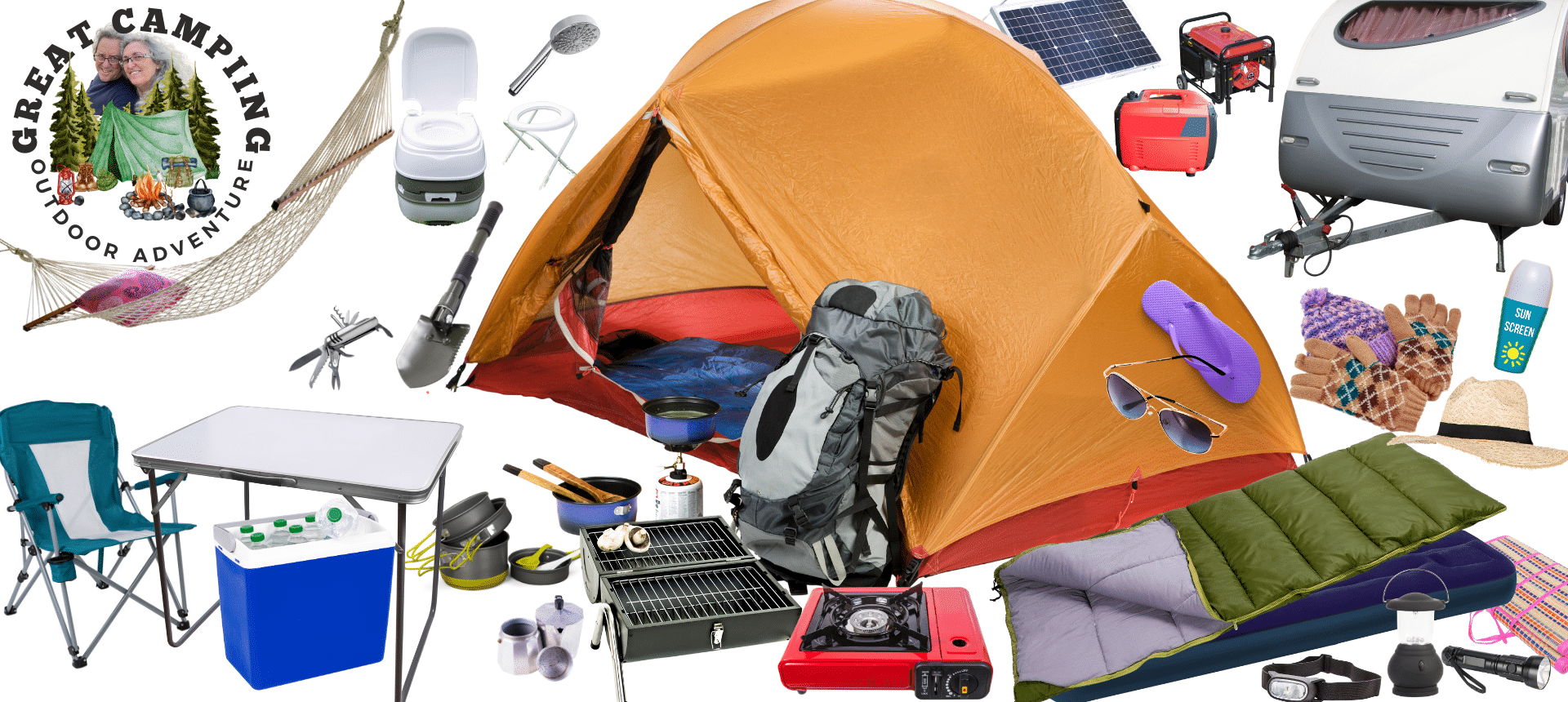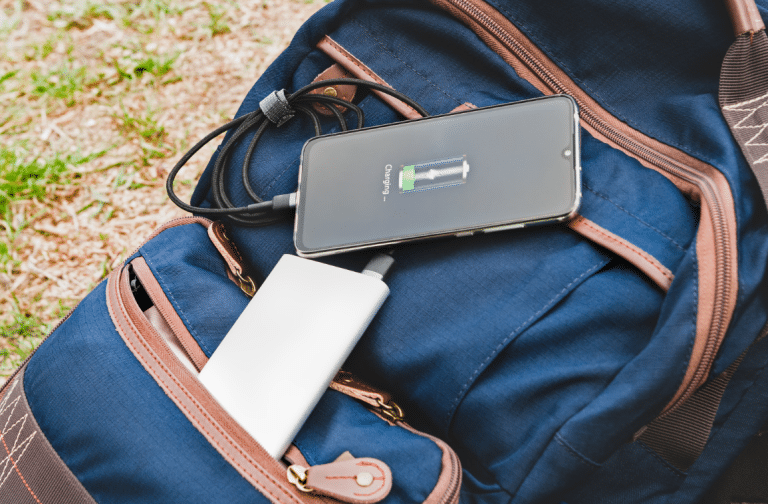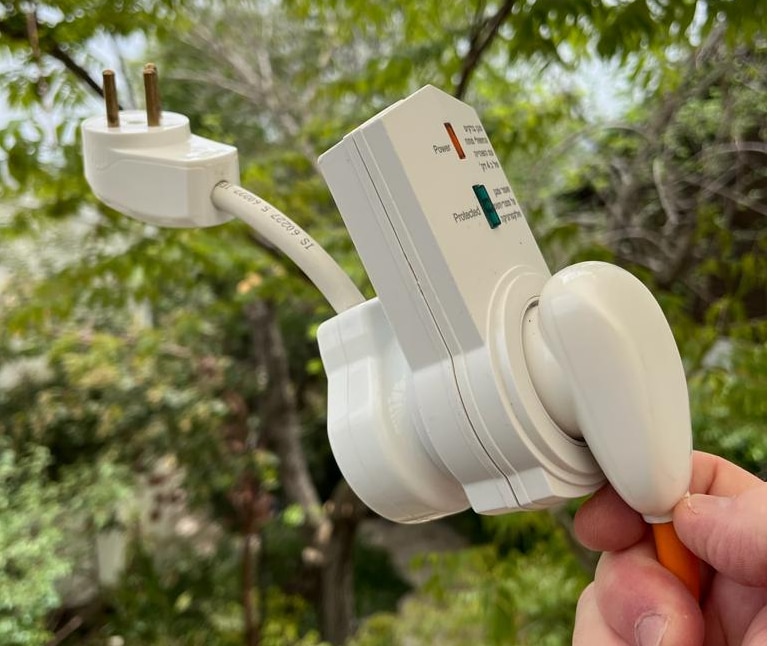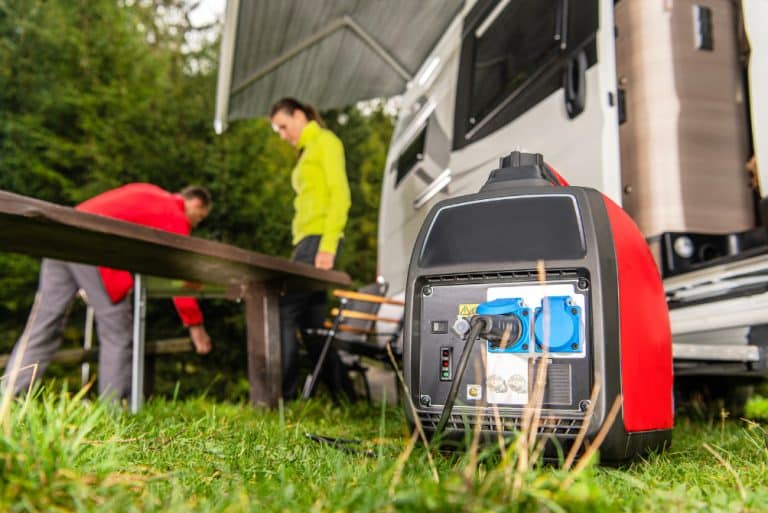Camping trips offer a perfect opportunity to escape the daily grind and reconnect with nature. However, in our modern world, staying connected and keeping our devices charged is still important, even when we’re off the grid. A reliable power bank can be the perfect solution for campers who need to charge their phones, cameras, GPS devices, and other gadgets while enjoying the great outdoors. In this comprehensive guide, we’ll cover everything you need to know about choosing and using a power bank for camping, including types of power banks, capacity, charging options, and tips for maximizing performance.
Understanding the Types of Power Banks
Standard Power Banks
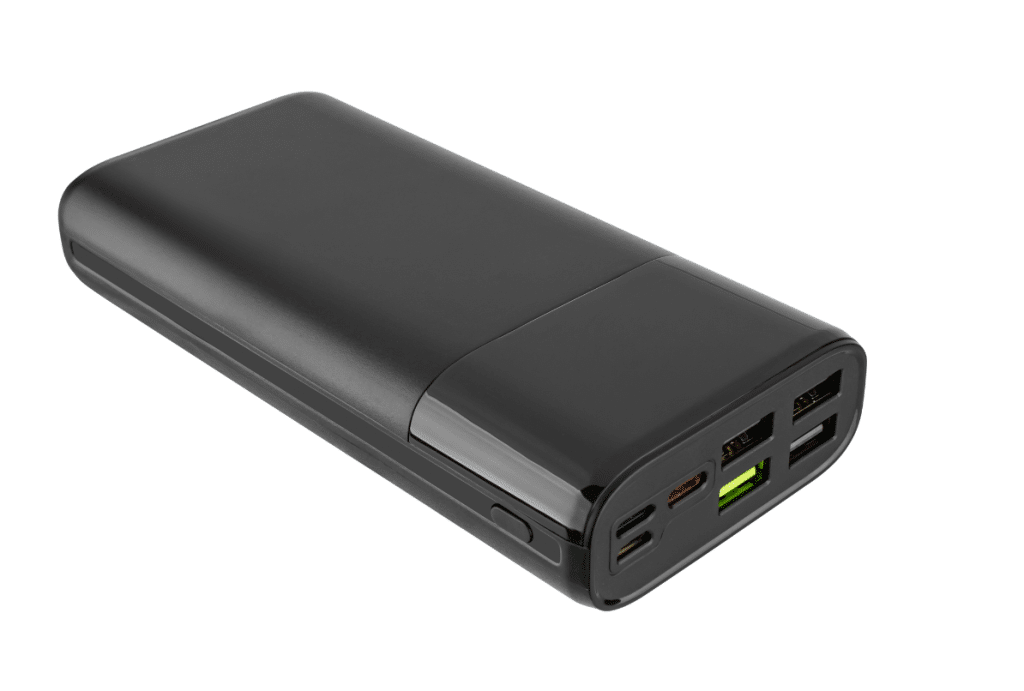
Standard power banks are the most common and widely available type of portable charger. They come in various sizes, capacities, and designs, making them suitable for a wide range of users and devices. These power banks typically use lithium-ion or lithium-polymer batteries, which offer a good balance between capacity, weight, and price.
Solar Power Banks
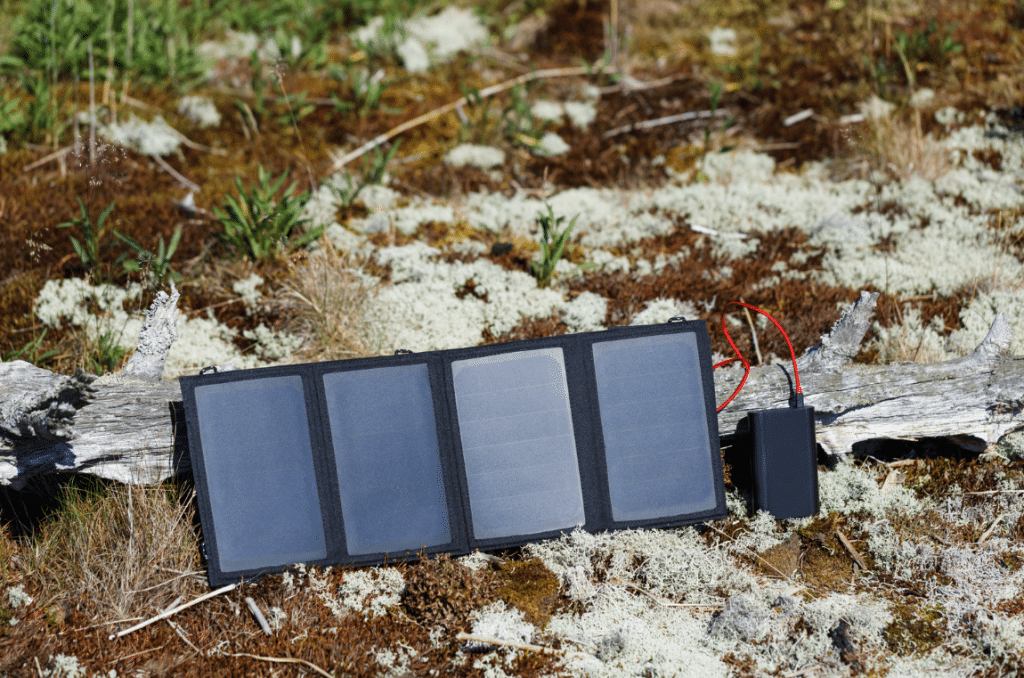

Solar power banks combine a portable battery pack with built-in solar panels. They can be charged using sunlight, making them an eco-friendly and sustainable option for campers who want to minimize their environmental impact. However, the charging rate of solar power banks can be slower than other types, and they generally require direct sunlight for optimal performance.
Rugged Power Banks
Rugged power banks are designed with durability in mind, making them ideal for outdoor adventures. They often feature a sturdy, water-resistant or waterproof casing, and may also include additional features such as built-in flashlights, carabiners, or compasses. These power banks are typically heavier and bulkier than other types but offer added protection against the elements.
Capacity: How Much Power Do You Need?
Understanding mAh (Milliampere-Hours)
The capacity of a power bank is measured in milliampere-hours (mAh), which indicates the amount of energy the battery can store. The higher the mAh rating, the more charges the power bank can provide for your devices. To determine how much capacity you need, consider the battery capacity of your devices and how often you’ll need to recharge them during your camping trip.
Balancing Capacity with Size and Weight
Higher-capacity power banks tend to be larger and heavier, which can be a concern for campers who need to pack light. It’s essential to strike a balance between capacity and portability when choosing a power bank for camping. Consider how much power you’ll realistically need, and opt for a power bank that provides enough capacity without being too bulky or heavy.
Charging Options
USB and USB-C Ports
Most power banks come with at least one USB port for charging devices. However, newer models may also feature USB-C ports, which offer faster-charging rates and greater compatibility with modern devices. When choosing a power bank, consider the types of devices you’ll be charging and ensure the power bank has the appropriate ports for your needs.
Wireless Charging
Some power banks also offer wireless charging capabilities, allowing you to charge compatible devices without the need for cables. This can be a convenient feature for campers who want to minimize clutter and keep their gear organized. However, wireless charging is typically slower than wired charging, and not all devices support this feature.
Additional Features to Consider
Pass-Through Charging
Pass-through charging allows you to charge your power bank and your devices simultaneously, which can be useful when you have limited access to power sources. Not all power banks support this feature, so it’s worth checking if this is something you require.
Built-In Flashlights
Some power banks include built-in flashlights, which can be a handy feature for campers who need a light source for navigating their campsite at night or in case of emergencies. This added functionality could make your power bank even more versatile and useful during your camping trip.
Rugged Design and Weather Resistance
For outdoor enthusiasts, it’s essential to choose a power bank that can withstand the elements. Look for power banks with a rugged design, water resistance or waterproofing, and dust protection. These features will ensure your power bank remains functional and reliable, even in harsh conditions.
Multiple Charging Ports
If you need to charge multiple devices simultaneously, opt for a power bank with more than one charging port. This can save you time and ensure all your gadgets stay powered up during your camping trip.
Tips for Maximizing Power Bank Performance
Charge Your Power Bank Before Leaving Home
Before heading out on your camping adventure, make sure your power bank is fully charged. This will ensure you have as much stored power as possible to keep your devices charged during your trip.
Keep Your Power Bank and Devices in a Cool, Dry Place
Extreme temperatures can affect the performance and lifespan of your power bank and devices. When camping, store your power bank and gadgets in a cool, dry place away from direct sunlight and heat sources.
Use High-Quality Cables
The quality of the cables you use to charge your devices can significantly impact charging efficiency. Invest in high-quality cables to maximize the performance of your power bank.
Regularly Maintain and Clean
Your Power Bank Dirt, dust, and debris can accumulate on your power bank’s ports and connectors, affecting its performance. Regularly clean your power bank using a soft cloth and compressed air to keep it functioning optimally.
Final Thoughts
A reliable power bank can be a game-changer for campers who need to keep their devices charged during their outdoor adventures. By understanding the different types of power banks, considering capacity, portability, and charging options, and following the tips provided, you can choose the perfect power bank for your camping needs. So go ahead and enjoy the great outdoors without worrying about your devices running out of power.
Power Bank FAQs
The ideal capacity depends on the devices you plan to charge, the number of charges you require, and the duration of your trip. Consider your devices’ battery capacities, how many times you need to recharge them, and the length of your camping trip to determine the ideal power bank capacity.
Yes, many power banks come with multiple USB ports that allow you to charge multiple devices at once. Ensure that the power bank you choose has enough capacity to accommodate the combined power requirements of all devices you plan to charge.
Solar-powered power banks can be an eco-friendly and convenient option for camping, especially in remote locations without access to electricity. However, their charging efficiency may be lower than regular power banks, and they depend on sunlight for recharging, which may not always be available.
Some power banks support pass-through charging, which allows you to charge your devices while the power bank itself is being charged. However, not all power banks have this feature, so check the manufacturer’s specifications to be sure.
To prolong your power bank’s lifespan, avoid exposing it to extreme temperatures, moisture, or direct sunlight. Also, make sure to charge it at least once every few months to maintain its battery health.
